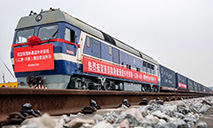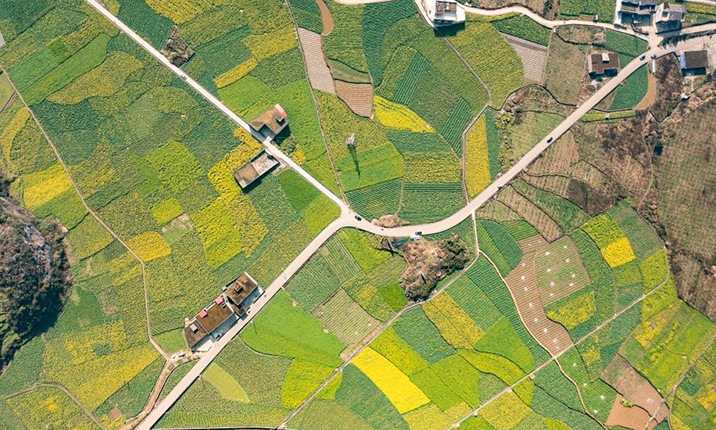How coordinated development reshapes China's economic landscape
BEIJING, March 6 (Xinhua) -- China has seen remarkable progress in its pursuit of coordinated development since the end of 2012, which has reshaped the country's economic landscape.
This year's government work report, submitted Saturday to the national legislature, reaffirmed the country's support for more balanced and coordinated development, stating that China will fully implement all major regional development strategies and the strategy for coordinated regional development.
Since President Xi Jinping put forward a new development philosophy featuring innovative, coordinated, green, open, and shared growth, coordinated development has secured a key position on the country's political agenda.
In recent years, China has unveiled multiple master plans to facilitate regional development, such as the coordinated development of the Beijing-Tianjin-Hebei region, development of the Yangtze Economic Belt, development of the Guangdong-Hong Kong-Macao Greater Bay Area, and ecological conservation and high-quality development in the Yellow River basin.
Mega projects also contributed to narrowing regional disparities. Earlier this year, the country approved a project involving the construction of eight national computing hubs and plans to build 10 national-data center clusters, aiming to channel more computing resources from the country's eastern regions to its less developed yet resource-rich western regions.
Apart from boosting regional development, coordinated growth also entails narrowing gaps between urban and rural areas, improving industrial structure, optimizing resource allocation, balancing economic growth and environmental protection, among others.
For instance, China's rural residents saw faster yearly growth of per capita disposable income than their urban counterparts over the past 10 years, amid the country's unprecedented efforts to reduce poverty and revitalize the countryside.
Marked progress has also been achieved in industrial upgrades. The tertiary industry, mainly the service sector and a booming part of the Chinese economy, accounted for 53.3 percent of GDP in 2021, up from 45.5 percent in 2012.
Photos
Related Stories
Copyright © 2022 People's Daily Online. All Rights Reserved.










